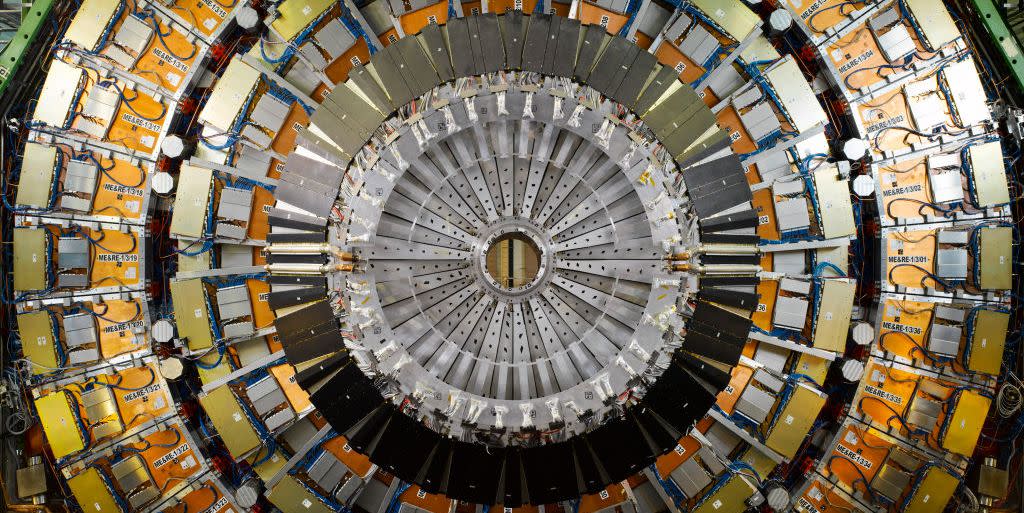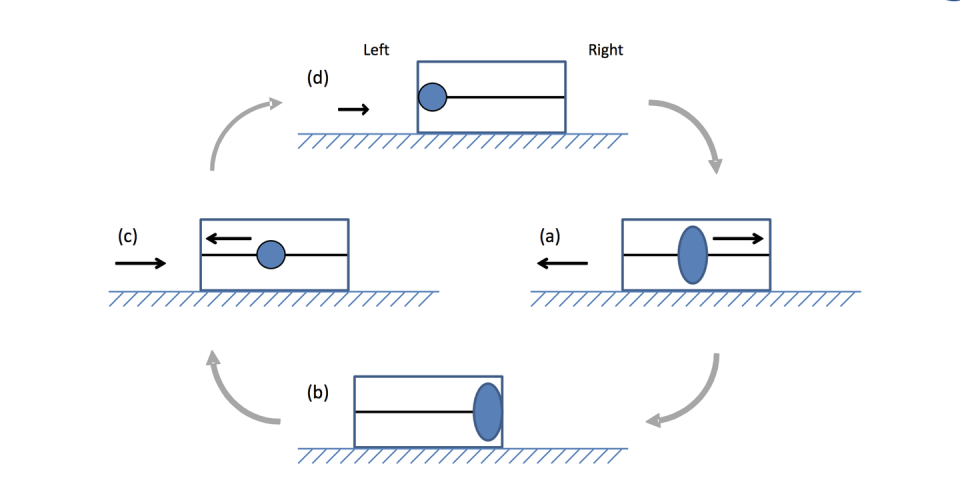A NASA Engineer Wants to Use a Particle Accelerator to Power Rockets

A NASA engineer has proposed designs for an in-space rocket engine that is propelled by a massive particle accelerator instead of fuel.
The engineer, David Burns believes the technology—while far-fetched in its current state—could potentially power future large spacecraft.
The designs were posted to NASA’s Technical Reports server earlier this summer.
Imagine a world where we didn’t need fuel to propel rockets through space. Fuel is expensive, it's dangerous and it needs to be refilled. In other words, it's kind of a drag.
Engineer David Burns of NASA’s Marshall Space Flight Center in Huntsville, Alabama, has proposed a creative alternative: a massive, helix-shaped engine powered by a particle accelerator. Burns calls the device a “helical engine.” He proposed the idea in a series of slides published to the agency’s Technical Reports server.
“This in-space engine could be used for long-term satellite station-keeping without refueling,” Burns says in his proposal. “It could also propel spacecraft across interstellar distances, reaching close to the speed of light.”
Go on...
The design, in essence, builds upon a simple experiment used to show Newton’s third law of motion: every action has an equal and opposite reaction. A weight that moves along a straight rod will only cause the box it is in to move back and forth along a frictionless surface. There’s no forward acceleration.
Instead, Burns proposes pushing a particle accelerator (instead of a weight) back and forth along a helix, with the mass increasing as it moves in the forward direction and decreasing as it bounces backward. This way, when the rotating ion ring hits the front of the compartment, it produces a forward acceleration. He believes that if the helical engine were given enough time and power, it could reach potentially relativistic speeds with the help of the particle accelerator.

At the moment, his designs seem pretty far out. After all, this is his pet project, not NASA’s, and he knows that some will be skeptical of the idea. “I’m comfortable with throwing it out there,” Burns told New Scientist. “If someone says it doesn’t work, I’ll be the first to say, it was worth a shot.”
First, the design would only be able to work up enough momentum in space, a completely frictionless environment. Were it on Earth, it would require a ton of power—about 125 megawatts, or enough energy to power a small city—to achieve just one newton of energy, the same amount of force it takes to type on a keyboard, according to New Scientist.
Second, it would need to be huge. Burns tells New Scientist that to create actual momentum, it would have to be approximately 650 feet long and 40 feet in diameter. For reference, the International Space Station is almost 330 feet long (but it could fit in a 984-foot-long Rebel Alliance EF76 Nebulon-B escort frigate.)
As Burns suggests in the proposal, this would make it a good option for powering large spacecraft.
There are a number of issues that make his designs difficult to employ—it’s ridiculously inefficient and would likely violate the laws of the conservation of momentum—but that’s not going to stop us from dreaming.
Source: New Scientist
You Might Also Like

